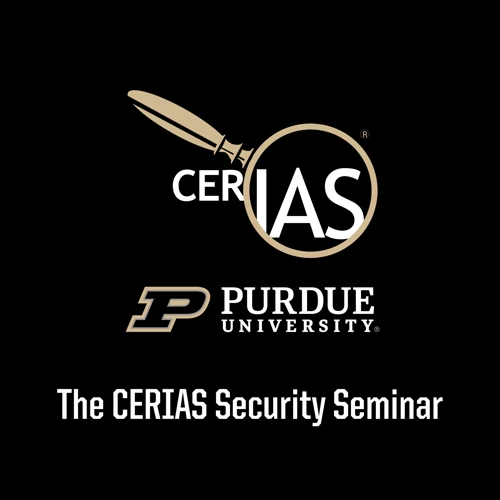
CERIAS Weekly Security Seminar – Purdue University
John Feddema, Evaluation of Urban Vehicle Tracking Algorithms
Low signal-to-noise data processing algorithms forimproved detection, tracking, discrimination and situationalthreat assessment are a key research challenge. As sensortechnologies progress, the number of pixels will increase significantly.This will result in increased resolution, which couldimprove object discrimination, but unfortunately, will also resultin a significant increase in the number of potential targets totrack. Many tracking techniques, like multi-hypothesis trackers,suffer from a combinatorial explosion as the number ofpotential targets increase. As the resolution increases, the phenomenologyapplied towards detection algorithms also changes.For low resolution sensors, blob tracking is the norm. Forhigher resolution data, additional information may be employedin the detection and classification steps. The most challengingscenarios are those where the targets cannot be fully resolved,yet must be tracked and distinguished for neighboring closelyspaced objects. Tracking vehicles in an urban environment is anexample of such a challenging scenario. This report evaluatesseveral potential tracking algorithms for large-scale tracking inan urban environment. The algorithms considered are: randomsample consensus (RANSAC), Markov chain Monte Carlo dataassociation (MCMCDA), tracklet inference from factor graphs,and a proximity tracker. Each algorithm was tested on acombination of real and simulated data and evaluated againsta common set of metrics.
Senaste avsnitt
En liten tjänst av I'm With Friends. Finns även på engelska.